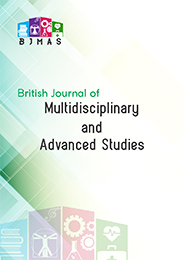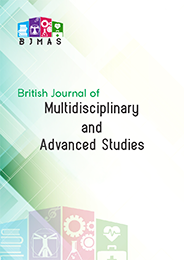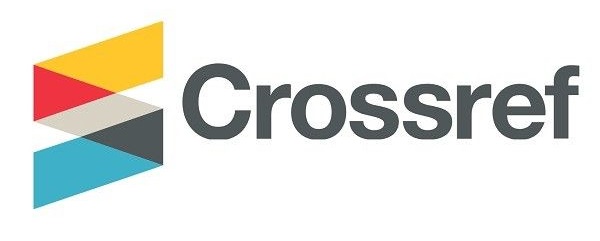Pentecostal Youth Ministries and Their Role in Reducing Crime and Substance Abuse in Matero Township, Lusaka
DOI:
https://doi.org/10.37745/bjmas.2022.04278Abstract
The study explores how Pentecostal youth ministries combat crime and substance abuse issues affecting young people in Matero Township, Lusaka. These ministries provide spiritual leadership alongside mentorship and vocational training to help address the economic challenges that drive individuals towards crime and drug misuse. The research design incorporates quantitative data from surveys of 50 youth participants, along with qualitative data gathered from interviews and focus groups conducted with beneficiaries, church leaders, and program coordinators. The church interventions led to a 68% reduction in participation in criminal activities among participants and a decline in substance abuse among 62% of participants, according to research findings. The statistical analysis using the Chi-square test indicated these results were significant, with p = 0.0023 for crime reduction and p = 0.0145 for substance abuse reduction. A notable aspect emerged from the analysis, revealing that only 40% of beneficiaries successfully maintained their new behaviours due to insufficient financial support and a lack of available therapeutic options. Through qualitative data, Pentecostal teachings fostered participants' resilience and moral accountability; however, they required practical support, including employment opportunities and counselling assistance. According to research, integrating socio-economic empowerment programmes with faith-based initiatives could establish a foundation for improved long-term outcomes.
Downloads
Downloads
Published
Versions
- 09-04-2025 (2)
- 09-04-2025 (1)












